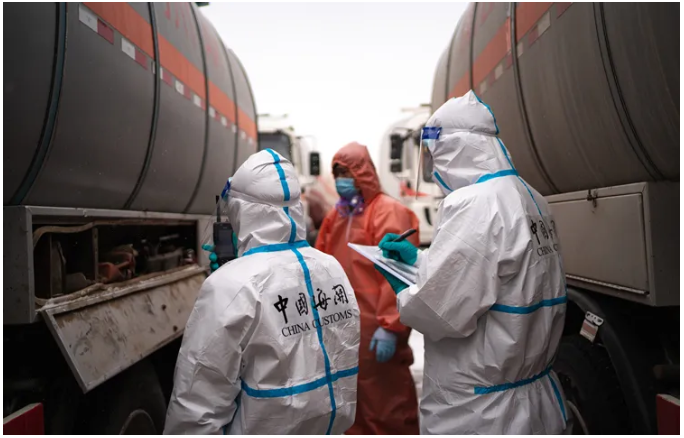Liquefied petroleum gas (LPG) belongs to category II hazardous chemicals. The production and marketing of liquefied petroleum gas (LPG) requires hazardous chemicals license. Because its components are mainly propane, propylene and butane, the density is higher than air, and it is easy to gather on the ground, which is flammable and explosive. For the control and transportation of liquefied petroleum gas and other dangerous chemicals, on May 30, the Ministry of emergency management, the Ministry of industry and information technology, the Ministry of public security, the Ministry of transport and other ministries jointly formulated the catalogue of hazardous chemicals under special control (First Edition) (hereinafter referred to as the catalogue). In the catalogue, it is required to establish, improve and strictly implement the inspection, approval and record system of filling and delivery, strengthen the management of the driving path and track of transport vehicles, satellite positioning and transportation practitioners, eliminate illegal transportation behaviors from the source and reduce safety risks.

疫情期间,海关关员对进口液化石油气运输车辆开展现场监管
Notes on declaration of imported LPGPrinciple and situation of tax classification
From the perspective of Customs classification, this kind of commodity is a mixture. According to the general classification rule 3 (2), it should be classified according to the main characteristics of the components. Since propane, butane, butene and other liquefied petroleum gas are commodities of the same level under heading 2711 in the tariff code, it is confirmed that the main characteristic of the product is the maximum percentage content component according to the weight percentage commonly used for such goods in the tariff.
If several components in the mixture are classified into the same subheading, their contents shall be calculated in combination. For example, if the mixture contains butadiene and propylene at the same time, since both are classified into subheading 2711.1400, the contents of the two components should be combined and compared with those of other components, and then the general rule of classification III (II) should be applied to determine the classification according to the components that constitute the basic characteristics of the mixture.
It should also be noted that if the pricing method of imported LPG is formula pricing, the filing procedures of formula pricing shall be handled in accordance with the provisions, and the filing situation shall be reported in the remarks column, whether the settlement price has been determined at the time of import, etc. In addition, the demurrage and other settlement conditions generated in the process of trade should also be supplemented in the remarks column.
The import and export enterprises are requested to familiarize themselves with the relevant national laws and customs regulations on import and export trade, further understand the management requirements for imported LPG commodities, and declare in accordance with laws and regulations, so as to ensure the legal and convenient customs clearance of goods.